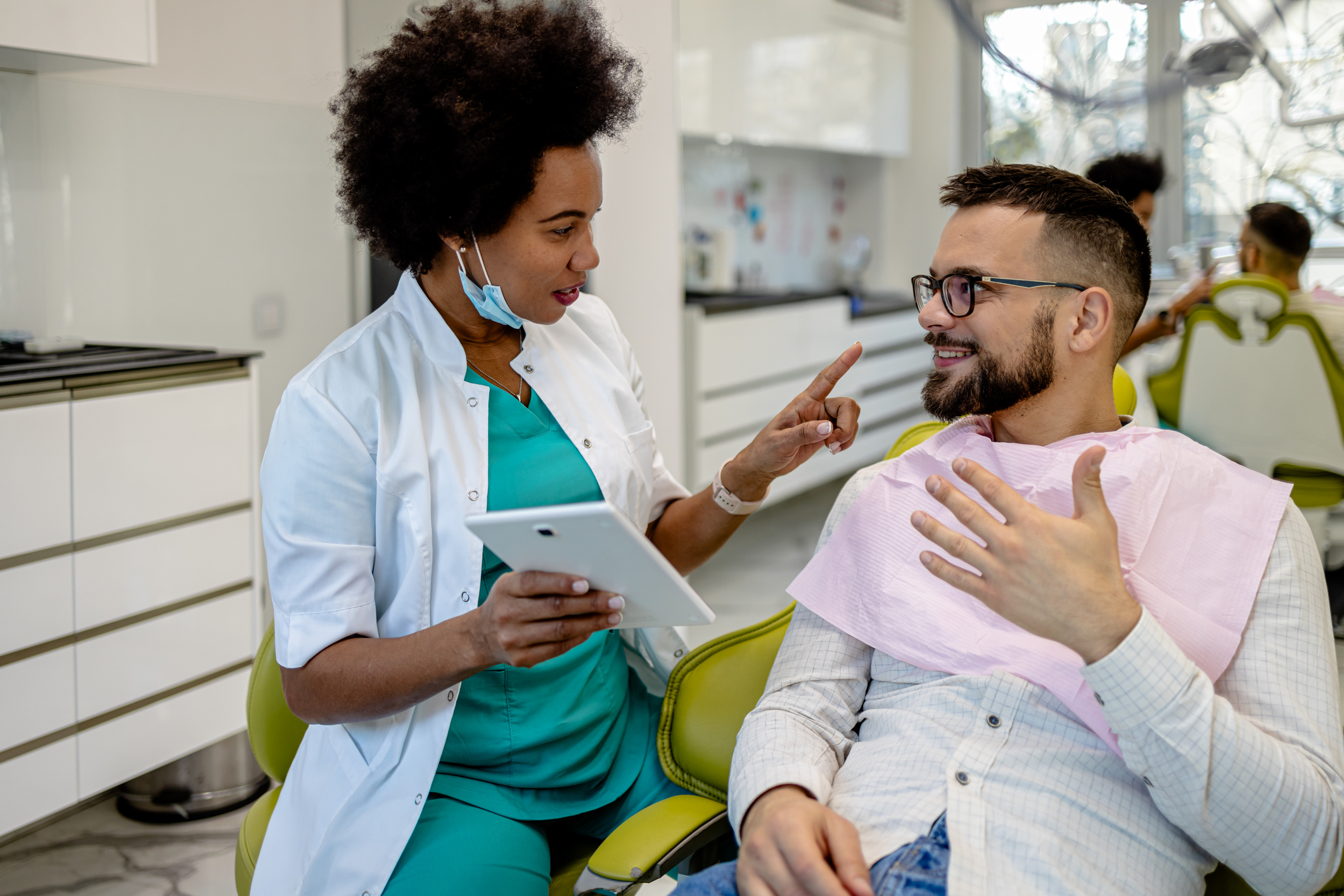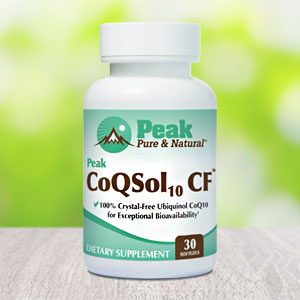Get Easy Health Digest™ in your inbox and don’t miss a thing when you subscribe today. Plus, get the free bonus report, Mother Nature’s Tips, Tricks and Remedies for Cholesterol, Blood Pressure & Blood Sugar as my way of saying welcome to the community!
How a dentist could save you from sleep apnea

My husband went through a long period where he was having trouble sleeping. I was worried he might have obstructive sleep apnea (OSA), a condition where a person repeatedly stops breathing throughout the night.
But more than poor sleep, OSA increases seven cardiovascular complications that can skyrocket your risks for heart trouble and type 2 diabetes.
Getting an accurate diagnosis, however, is not easy. It usually requires a visit to a sleep clinic and require the use of complicated monitoring equipment at home. My husband experienced this firsthand and even had to redo his home test several times before getting an accurate reading.
Fortunately, there may be a new place to find out if OSA is putting your health in danger so you can do something about it — one that you should already be visiting every six months…
Your dentist could help diagnose sleep apnea
An international team of researchers conducted a narrative review studies centered around the neuroscience of sleep, particularly in relation to dental medicine. The intention was to provide knowledge to dental professionals regarding sleep and its role in patient health.
“Dentists can be the first line of defense in identifying sleep disorders,” says Davis Thomas, a professor at the Rutgers School of Dental Medicine and senior author of the review. “They often see symptoms long before physicians. Indicators like tooth grinding, tongue scalloping, or even a patient dozing off in the chair can be early signs that something more is going on.”
The researchers list several physical symptoms dentists should check for during their dental exams. These include:
- Enlarged jaw muscles
- Scalloped tongue edges
- White lines on the cheeks
- Educed throat visibility
- Dental wear patterns
- and tiny cracks on teeth
By combining this physical exam with a patient’s medical history and other screening tools, dentists may be able to spot up to 80 percent of at-risk patients.
“It’s not just about looking at teeth anymore,” Thomas says. “We need to observe the whole patient, from their behavior in the waiting room to the subtle signs in their oral cavity.”
Another condition dentists are paying close attention to is bruxism, or teeth grinding. Studies show this isn’t just due to a dental misalignment but can be a symptom of underlying sleep problems.
“By understanding the neuroscience behind sleep disorders, we can provide more comprehensive care and potentially prevent serious health complications,” Thomas says.
When to get checked for sleep apnea
In addition to checking for symptoms, dentists are encouraged to do the following:
- Include sleep-related questions in patient history forms
- Train dental staff to recognize physical signs of sleep disorders
- Use screening tools to identify sleep apnea
One popular screening tool, the STOP-BANG questionnaire, measures snoring, tiredness, observed apnea, blood pressure, body mass index, age, neck size and gender.
The review also advises dentists to stay up to date with the latest sleep research and how it can apply to their practice. These simple actions could prevent future complications such as high blood pressure, heart disease and stroke.
Holistic and naturopathic dentists may already be ahead of the curve when it comes to sleep apnea. Like alternative or integrative physicians, they tend to treat causes instead of just symptoms.
For example, poor alignment of the jaw that can push the tongue and pharyngeal tissue backwards, restricting the airway. Other oral contributors to OSA can be mouth breathing and tongue positioning when relaxed.
A knowledgeable dentist can recommend an oral appliance called a mandibular advancement device (MAD) that prevents the lower jaw from slipping back during sleep. Tongue-retaining devices are also an option.
If you’re in an at-risk group for OSA, you might want to be tested. If your sleep specialist decides an oral appliance is a good option, they can refer you to a dentist who can help with a proper fitting.
Risk factors for OSA include:
- Age (50 or older)
- Sex (male)
- Obesity
- Congestive heart failure
- Atrial fibrillation
- Endocrine disorders (including diabetes)
- Smoking
- Alcohol use
- Use of sedative or hypnotic medication
Editor’s note: Do you know that poor gums and teeth are linked to the number one killer in America? Not to mention kidney disease… rheumatoid arthritis… Parkinson’s disease… depression… and so much more. Click here to discover America’s Hidden Dental Health Crisis: How to protect yourself and your family from this dangerous public health peril!
Sources:
Your dentist may save your life from sleep apnea — StudyFinds
The enigma of sleep — JADA
Obstructive Sleep Apnea — National Library of Medicine














